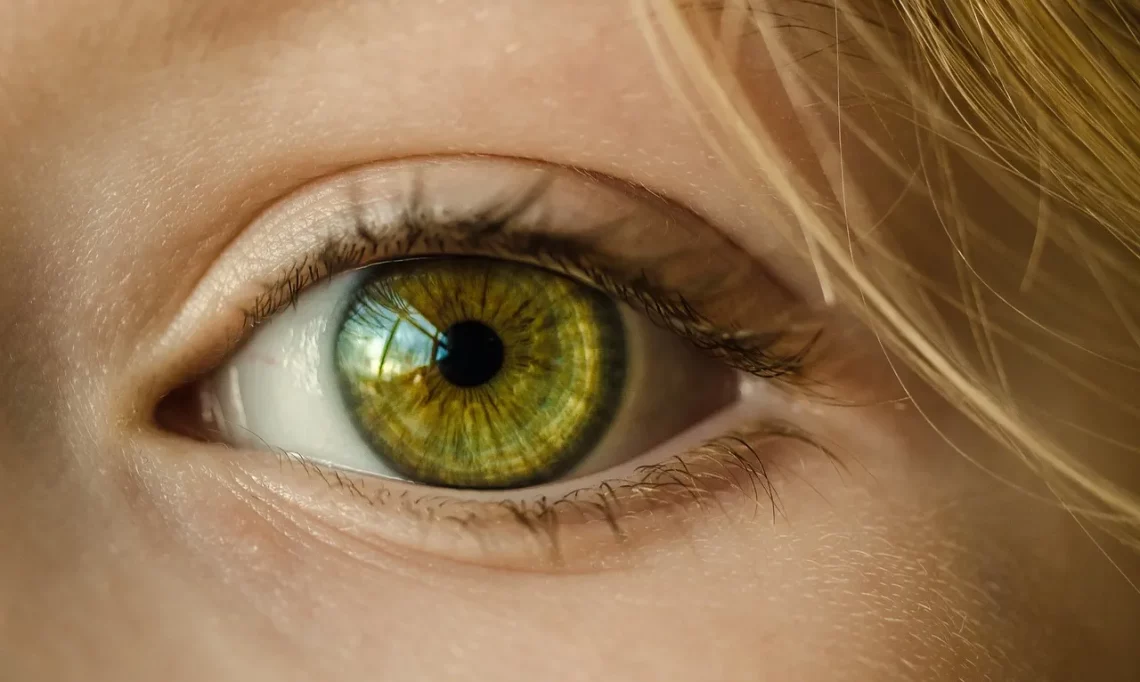
Blepharitis vs Conjunctivitis: Key Differences and Treatment Options
Blepharitis and conjunctivitis are two common eye conditions that can cause discomfort and affect vision. While they may share some similar symptoms, they are distinct conditions that require different approaches to treatment. Understanding the differences between these two ailments is crucial for effective management and recovery. Blepharitis primarily affects the eyelids, leading to inflammation, redness, and crusty debris along the eyelid margins. On the other hand, conjunctivitis, also known as pink eye, involves inflammation of the conjunctiva, the thin membrane covering the white part of the eye and the inner eyelids.
Both conditions can be caused by various factors, including bacteria, allergies, and irritants. While they are generally not serious and can often be treated at home, persistent symptoms may indicate a need for professional medical advice. The interplay of these conditions highlights the importance of proper diagnosis and tailored treatment plans. By gaining insight into their symptoms, causes, and treatment options, individuals can take proactive steps towards relief and long-term eye health.
Understanding Blepharitis: Symptoms and Causes
Blepharitis is an inflammatory condition that affects the eyelids, particularly at the base of the eyelashes. It can be classified into two main types: anterior and posterior blepharitis. Anterior blepharitis affects the outside front of the eyelids and is often caused by seborrheic dermatitis or bacterial infections. Posterior blepharitis, on the other hand, involves the meibomian glands located on the inner eyelids and is frequently linked to conditions such as rosacea or dry eye syndrome.
The symptoms of blepharitis can be quite uncomfortable and may include redness, swelling, itching, and a gritty sensation in the eyes. Patients often notice crusty debris forming along the eyelid margins, especially after sleep. This can lead to irritation and difficulty in opening the eyes in the morning. In some cases, blepharitis can also contribute to other eye problems, such as dry eyes or bacterial conjunctivitis.
Several factors can contribute to the development of blepharitis. Poor eyelid hygiene is a significant risk factor, as the accumulation of oils and debris can lead to inflammation. Allergies, skin conditions, and certain medical disorders can also increase susceptibility. Additionally, individuals with oily skin or those who wear contact lenses may be at a higher risk.
Treatment for blepharitis typically involves a combination of good eyelid hygiene practices and medical interventions. Regularly cleaning the eyelids with warm compresses or eyelid scrubs can help remove debris and reduce inflammation. In more severe cases, a healthcare professional may prescribe antibiotic ointments or medications to manage bacterial infections. Maintaining a consistent eyelid care routine is essential for long-term relief and prevention of flare-ups.
Conjunctivitis: Types, Symptoms, and Causes
Conjunctivitis, commonly known as pink eye, is characterized by inflammation of the conjunctiva, the membrane that covers the white part of the eye and lines the inner eyelids. This condition can be caused by various factors, including infections, allergies, and irritants. The three main types of conjunctivitis are viral, bacterial, and allergic conjunctivitis, each with distinct characteristics and treatment approaches.
Viral conjunctivitis is the most prevalent form, often resulting from viral infections such as adenoviruses. It is highly contagious and typically presents with watery discharge, redness, and irritation. Bacterial conjunctivitis, on the other hand, is caused by bacterial infections and may lead to a thicker, yellow-green discharge. Both types can affect one or both eyes and may be accompanied by symptoms such as itching, tearing, and sensitivity to light.
Allergic conjunctivitis occurs when the conjunctiva reacts to allergens, such as pollen, pet dander, or dust mites. This form typically manifests with intense itching, redness, and watery discharge, often affecting both eyes simultaneously. Unlike viral and bacterial conjunctivitis, allergic conjunctivitis is not contagious.
Treatment for conjunctivitis varies depending on the underlying cause. Viral conjunctivitis usually resolves on its own, with supportive care to relieve symptoms. Bacterial conjunctivitis may require antibiotic eye drops or ointments to eliminate the infection. For allergic conjunctivitis, antihistamines or anti-inflammatory eye drops can help alleviate symptoms.
Preventative measures, such as practicing good hygiene and avoiding allergens, can significantly reduce the risk of developing conjunctivitis. Proper handwashing and avoiding touching the face are essential strategies, especially during peak allergy seasons or outbreaks of viral infections.
Comparing Symptoms: How to Differentiate Between Conditions
Differentiating between blepharitis and conjunctivitis can be challenging, as both conditions share some overlapping symptoms, such as redness and irritation of the eyes. However, a closer examination of the specific symptoms can help in distinguishing the two.
Blepharitis is primarily focused on the eyelids and is characterized by crusty debris along the eyelid margins, swelling, and discomfort at the base of the eyelashes. Patients may experience a gritty sensation and find that their eyelids feel heavy or sticky. It often worsens in the mornings when crusting is more pronounced. In contrast, conjunctivitis primarily affects the conjunctiva, leading to symptoms like redness of the white part of the eye, watery or purulent discharge, and sensitivity to light. Itching and tearing are also more pronounced in conjunctivitis, especially in allergic cases.
Another key difference lies in the duration and pattern of symptoms. Blepharitis tends to be a chronic condition that can flare up periodically, often requiring ongoing management. On the other hand, conjunctivitis, particularly viral or bacterial, may present suddenly and can resolve within a few days to weeks, depending on the cause and treatment.
A thorough evaluation by a healthcare professional is essential for an accurate diagnosis. They may perform a physical examination, review medical history, and, if necessary, conduct laboratory tests to determine the specific cause of the symptoms. Accurate diagnosis is crucial, as it informs the most effective treatment approach.
Treatment Options: Managing Blepharitis and Conjunctivitis
Effective treatment for blepharitis and conjunctivitis relies on understanding the underlying causes and implementing targeted strategies. For blepharitis, maintaining eyelid hygiene is paramount. Patients are encouraged to use warm compresses to loosen crusts and debris, followed by gentle cleansing of the eyelids with eyelid scrubs or diluted baby shampoo. This routine can help minimize symptoms and prevent recurrence.
In more severe cases, healthcare providers may prescribe topical antibiotics or steroid eye drops to manage inflammation and infection. It is essential to adhere to the prescribed treatment regimen and follow up with regular check-ups to monitor the condition. In some instances, addressing underlying conditions such as rosacea or dry eyes may also be necessary for effective management.
Conversely, the treatment for conjunctivitis varies based on its type. For viral conjunctivitis, supportive care is often sufficient, including cold compresses and artificial tears to alleviate discomfort. Bacterial conjunctivitis typically requires antibiotic eye drops to clear the infection, while allergic conjunctivitis may benefit from antihistamines or topical corticosteroids to reduce inflammation and itching.
Preventive measures are also crucial for both conditions. Individuals should practice good hygiene, avoid touching their eyes, and refrain from sharing personal items such as towels and cosmetics. Additionally, recognizing allergy triggers and minimizing exposure can help prevent allergic conjunctivitis.
In conclusion, while blepharitis and conjunctivitis may exhibit overlapping symptoms, they are distinct conditions requiring tailored treatment approaches. Understanding the differences and recognizing symptoms early can lead to timely and effective management.
**Disclaimer:** This article is for informational purposes only and should not be considered medical advice. For any health concerns or symptoms, please consult a qualified healthcare professional.



